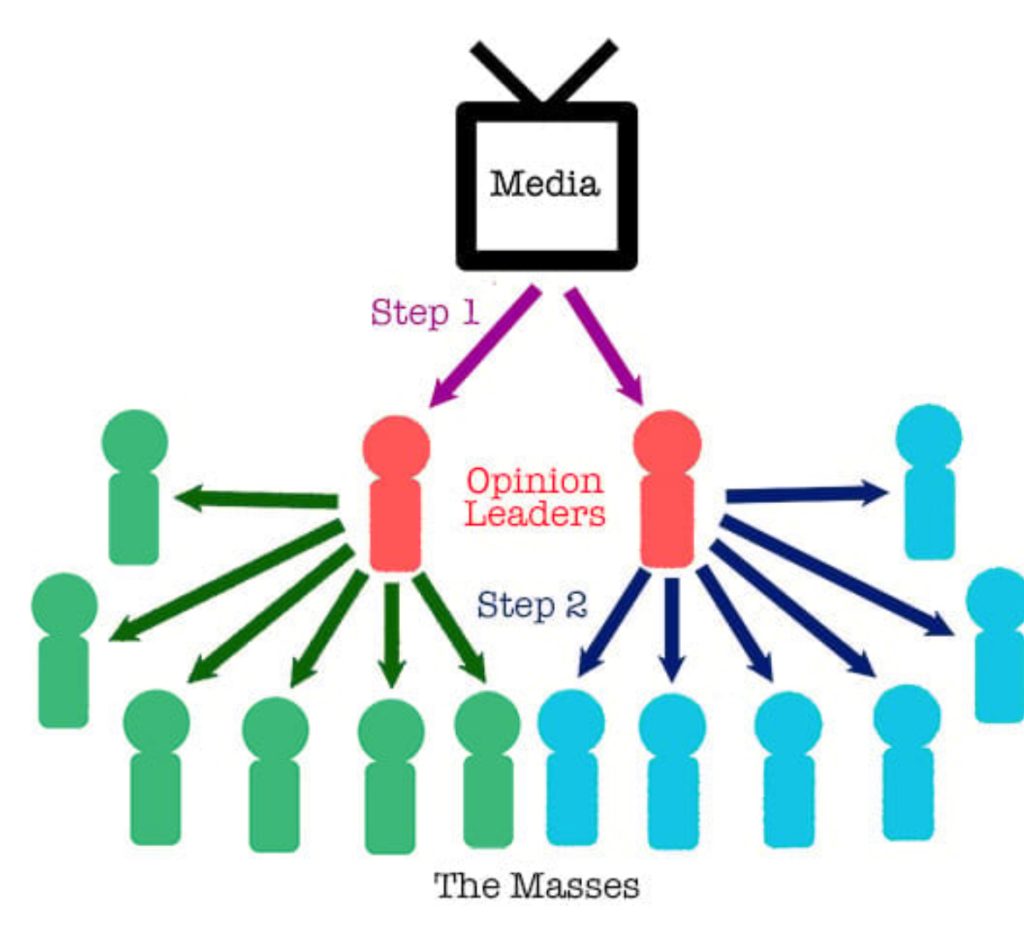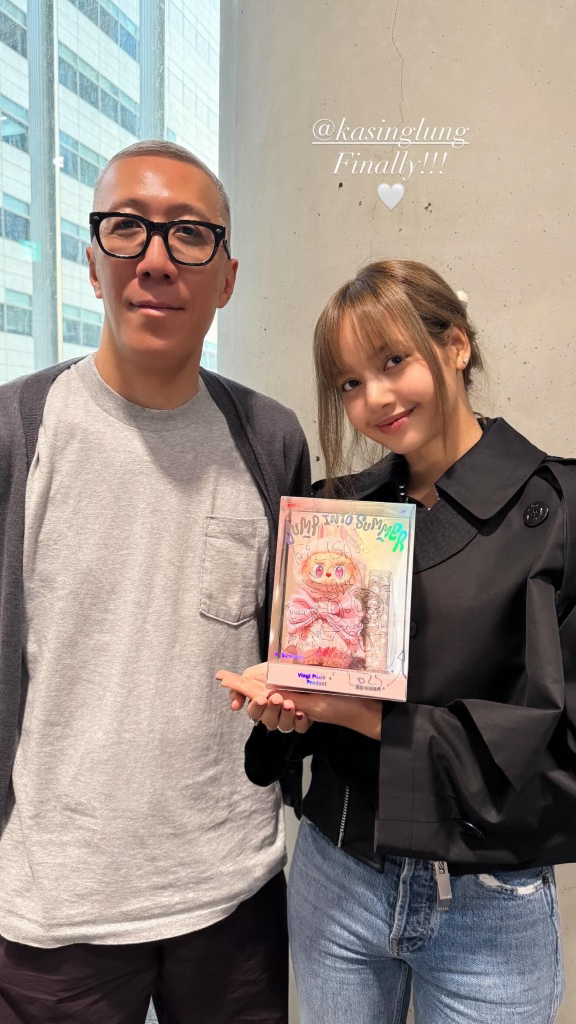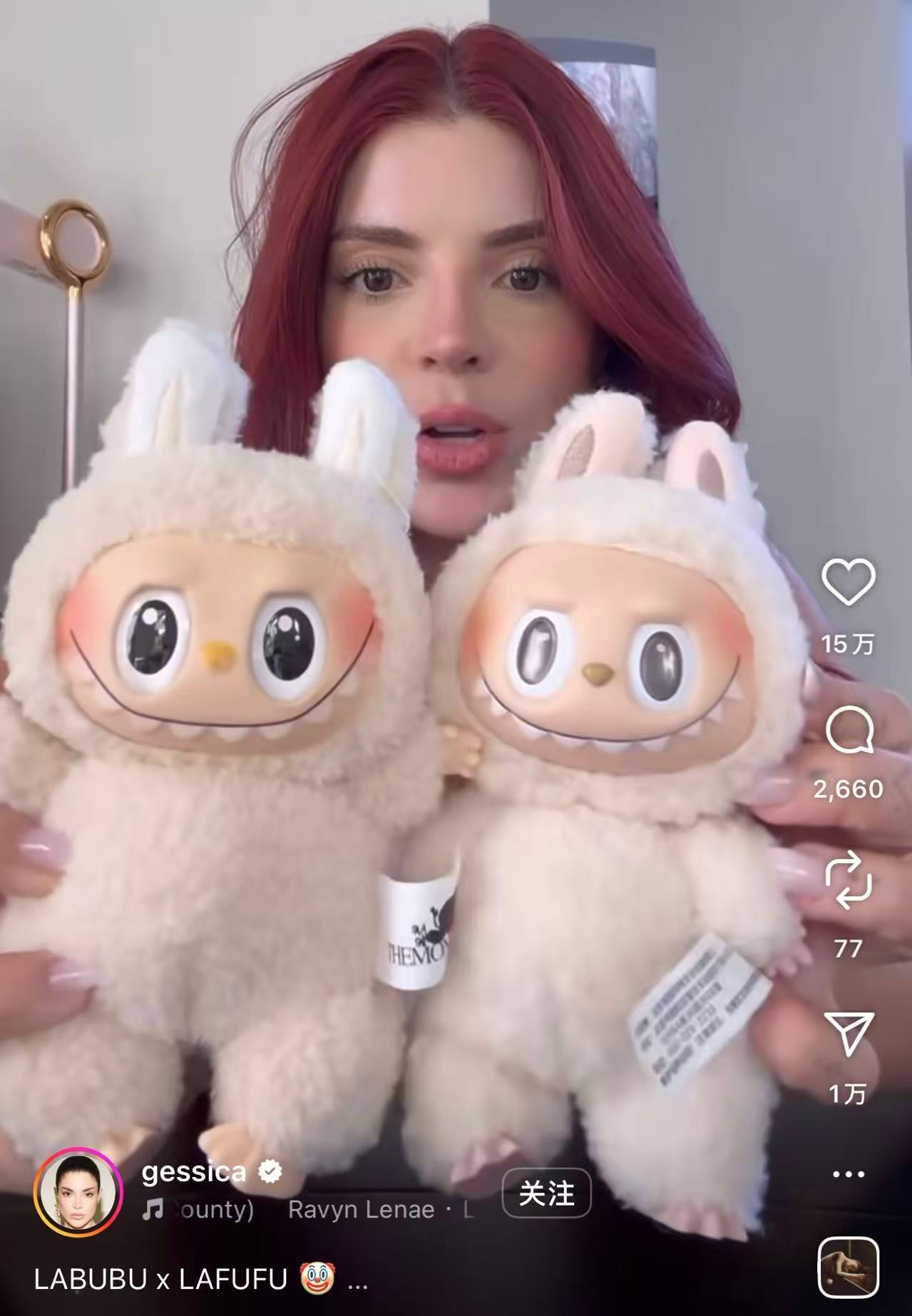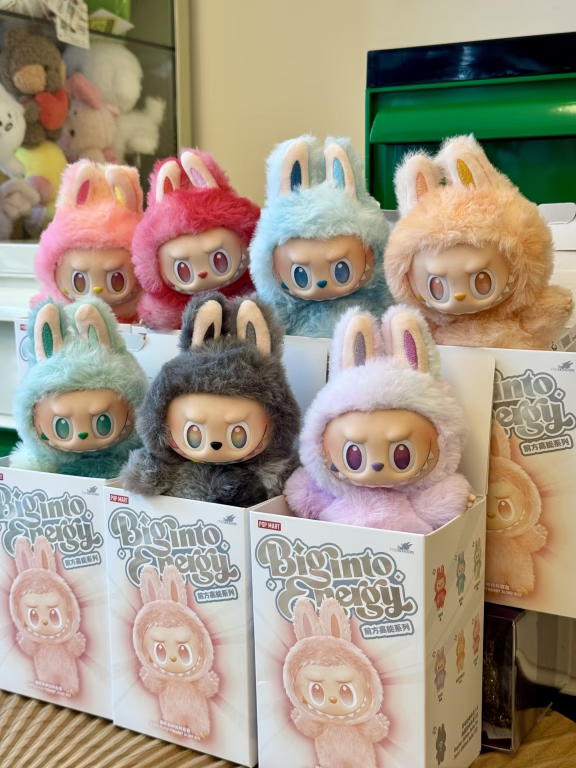Have you heard of Labubu? This strange but somehow adorable little creature has dramatically taken over the toy market. In this blog, I will talk about the relationship between Labubu’s rise to fame and the Two-Step Flow Theory, as well as explore how this toy started as a niche collectible and turned into a global craze.

Two-Step Flow Model
Introduction of Two-Step Flow Theory
Back in 1955, Paul Lazarsfeld and Elihu Katz proposed the Two-Step Flow Theory, arguing that media messages donŌĆÖt directly affect the public. Instead, information passes through opinion leaders, who are trustworthy individuals and take responsibility for interpreting the information and delivering it to others. In other words, we are influenced not just by the media, but by the people we choose to listen to.
Case Study of Labubu
LabubuŌĆÖs rise to fame began with official releases, followed by explosive growth driven by KOLs and celebrities. A key turning point came when the world-famous idol BLACKPINŌĆÖs Lisa posted her Labubu collection on social media, which instantly attracted massive attention. Subsequently, various influencers such as toy collectors and lifestyle bloggers joined in, analysing its design aesthetics, discussing its collectible value, or sharing the thrill of unboxing a rare ŌĆ£hidden edition.ŌĆØ Through their storytelling, Labubu gained meaning beyond its physical form, which attracted a large number of customers to purchase it. Pop Mart, the company behind Labubu, saw its net profit soar nearly 400% in the first half of 2025, reporting that The Monsters line (of which Labubus are classified under) brought in $669.8 million(Lawrence, 2025). Currently, Labubu has become a symbol of taste and belonging, as well as a form of social currency among Gen Z.


Nowadays, Algorithms on media platforms act as invisible opinion leaders, deciding what appears on our feeds and what goes viral (Napoli, 2014). Through personalised recommendations, they keep pushing Labubu-related content to targeted users. For instance, a post with #Labubu may receive wider exposure on social media. Therefore, it can even amplify an ordinary fanŌĆÖs unboxing video into a viral hit, turning them into a micro-influencer overnight, thus delivering more Labubu-related contents to users. This exemplifies how algorithms reshaped the information flow from a “two-step” process into a “multi-step” network. This algorithmic boost expands LabubuŌĆÖs reach, but it also blurs the line between genuine personal preference and guided persuasion, as some customers just jump on the bandwagon or are simply persuaded to purchase it.
When chasing trends, we should stay calm’╝īrationally analyse our emotions, and ask ourselves: “Is it out of personal preference for the toy, or are we being lured by traps set by capital?”
References:
Image of Two-Step Flow Model. Available at: https://www.simplypsychology.org/two-step-flow-theory-of-communication.html [Accessed 18 Oct 2025]
Katz, E., Lazarsfeld, P.F., & Roper, E. (2006). Personal Influence: The Part Played by People in the Flow of Mass Communications (1st ed.). Routledge. https://doi-org.uow.idm.oclc.org/10.4324/9781315126234 [Accessed 15 Oct 2025].
Lawrence, K., 2025. Scarcity, Hype, and Resale Gold: Inside the Labubu Boom. London: Sage Publications, Inc. Available at: https://doi.org/10.4135/9798348847821 [Accessed 18 Oct 2025].
Philip M. Napoli, Automated Media: An Institutional Theory Perspective on Algorithmic Media Production and Consumption, Communication Theory, Volume 24, Issue 3, August 2014, Pages 340ŌĆō360, https://doi-org.uow.idm.oclc.org/10.1111/comt.12039 [Accessed 18 Oct 2025].
Scannell, P., 2007. Media and Communication. London: SAGE Publications Ltd. Available at: https://doi.org/10.4135/9781446211847 [Accessed 15 Oct 2025].

